The corresponding pictures that have been used for this blog post, have been shared by Mr. Rabindranath Sahu. The pictures of the birds, however, have been clicked by yours truly. Happy Reading!
***
In their lifespan, the female Olive Ridley Turtles will lay eggs at least once. When it happens, it truly is a sight to see. More importantly, when it’s happening in your backyard (figuratively), it’s something that would be a shame to miss!
Mom, by virtue of her many friends and extensive research, found out about this spectacular yearly phenomenon and told me. The best part? The weekend was fast approaching! So, naturally, it was time to go on another adventure!
Now that we had decided the destination, the next step was to actually plan the trip. After some research, Mom was able to find the contact details of Mr. Rabindranath Sahu. He is available for conversation should you want some more details. A great help indeed!
His Contact Details
- Mr. Rabindranath Sahu
- The secretary of the Rushikulya Sea Turtle Protection Committee
- +91 9437204384 or 7978444725
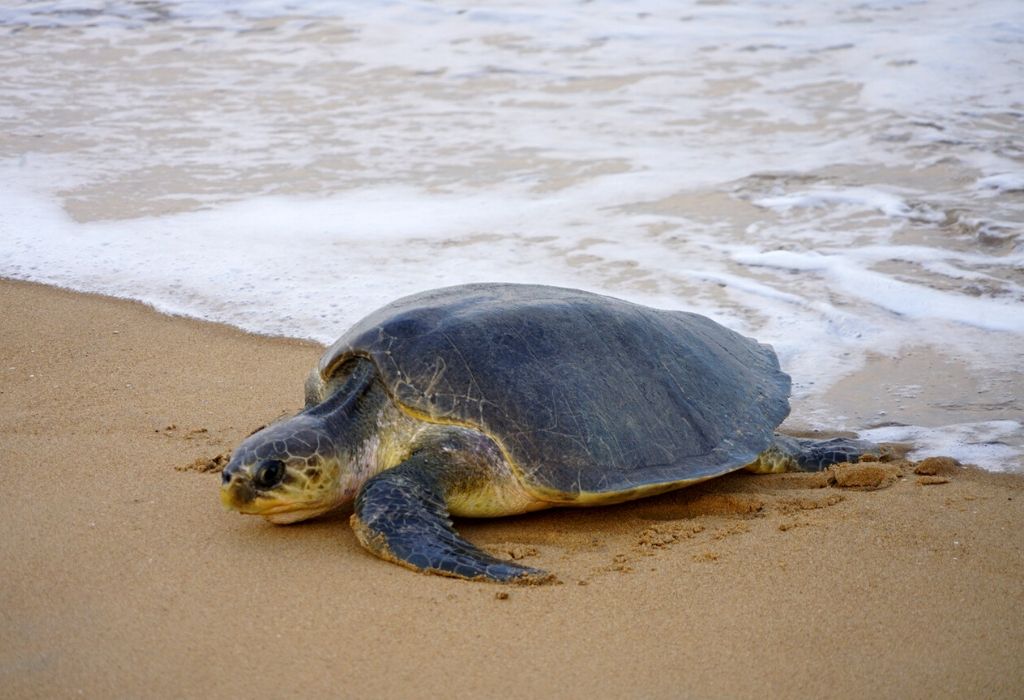
We chose to go during the nesting season. Mom issued open tickets to enable us fly to Bhubaneshwar immediatey. We would constantly speak to Mr. Sahu on the phone who would update us about the number of Olive Ridley Turtles that arrived to lay eggs every day. Once we heard that 50,000 turtles had arrived, we decided to fly over.

About The Olive Ridley Turtles
P.S. Hover over the tiles for some fun facts.
***
While we found a few spots in Orissa to observe the nesting phenomenon, we chose the Rushikulya river as it is considered to be the largest mass nesting (arribada) site in India.
A direct drive from the airport to the grounds would’ve taken 3 hours but we decided to do some sightseeing on the way.
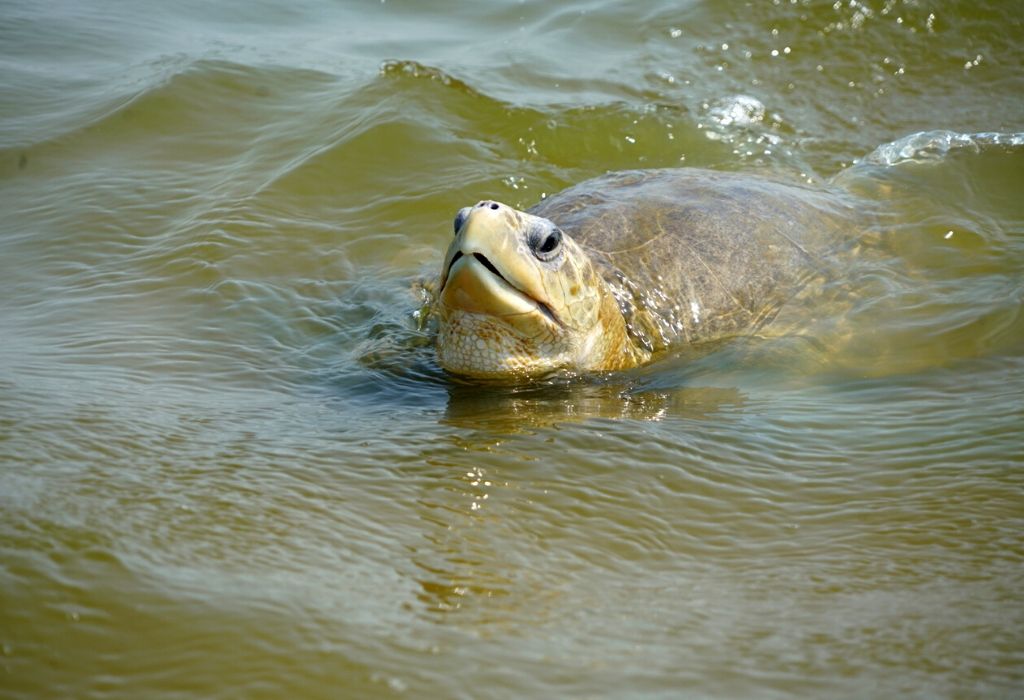
Shanti Stupa
Our first stop was Shanti Stupa which was about 4 km from the airport. It was a peace pagoda built by the Mauryan King, Ashoka as a signifier of the end of the Kalinga war.
Konark Sun Temple
2 hours of driving later, we arrived at the popular Konark Sun Temple. Built with stone as a homage to the sun god, its origins date back to the 13th century. It exhibits classic Kalinga architecture with intricate artwork depicting many scenes from history.
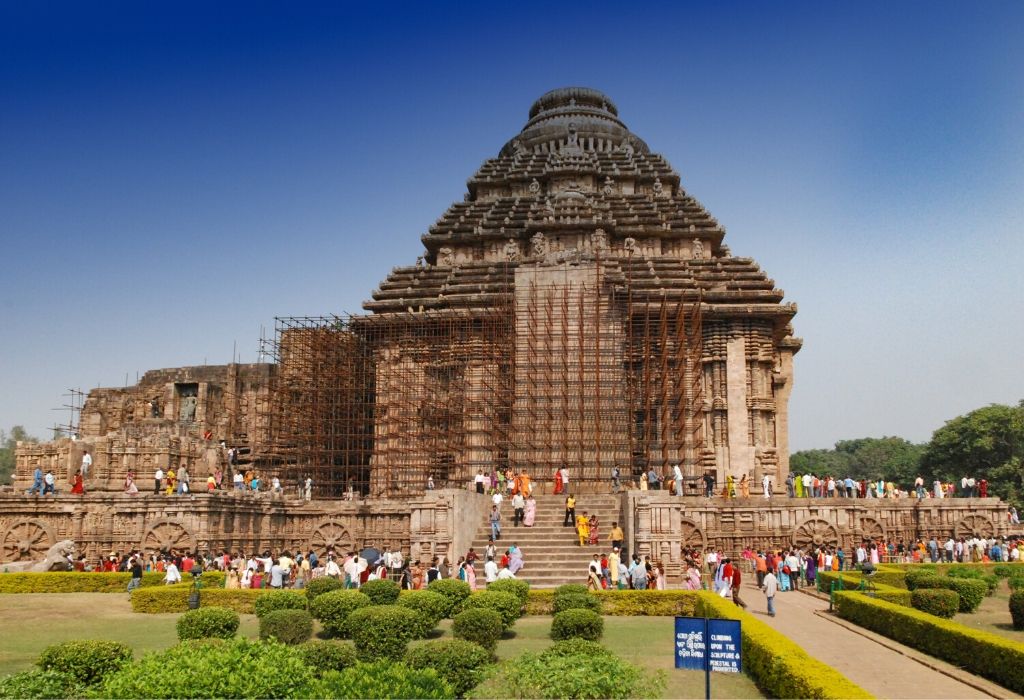
The Olive Ridley Turtles, Rushikulya, Orissa
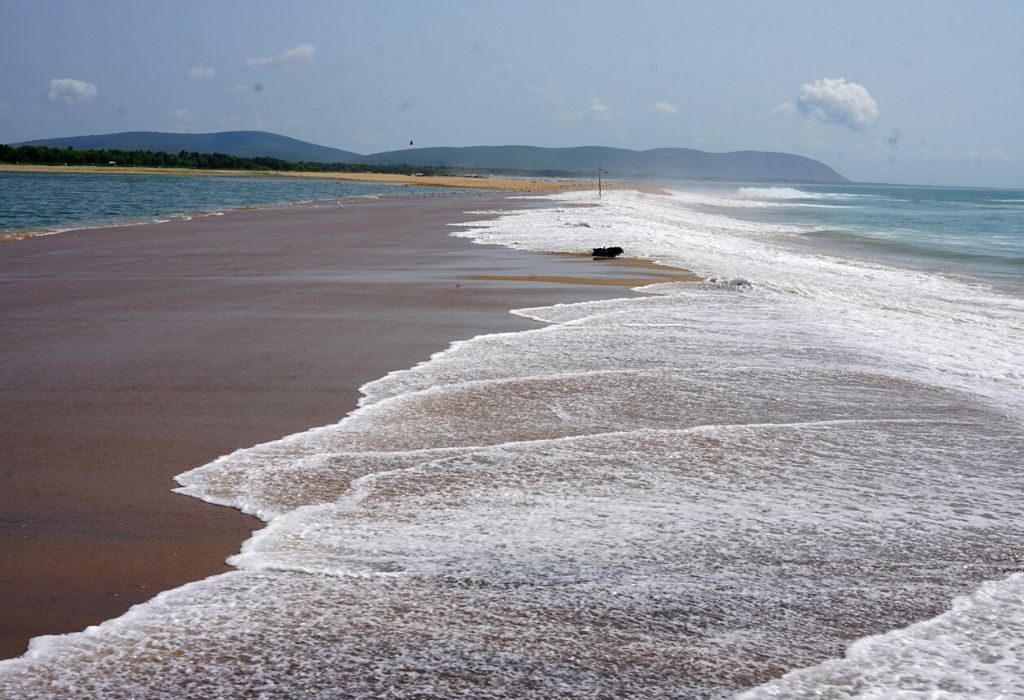
We reached the hotel at 7 pm and left to observe the turtles at 9 pm. After a 20-minute drive, we arrived at Rushikulya beach to catch a glimpse of the long-awaited marvel of Mother Nature.
The beach was absolutely tranquil and untouched by tourism. While approaching we could only hear the waves lashing and being a new moon day it was pitch dark. Mr. Sahu flashed his torch on the sand and there was a bale of turtles across the length and breadth of the shore. It was like a blanket of small rocks as far as our eyes could see.
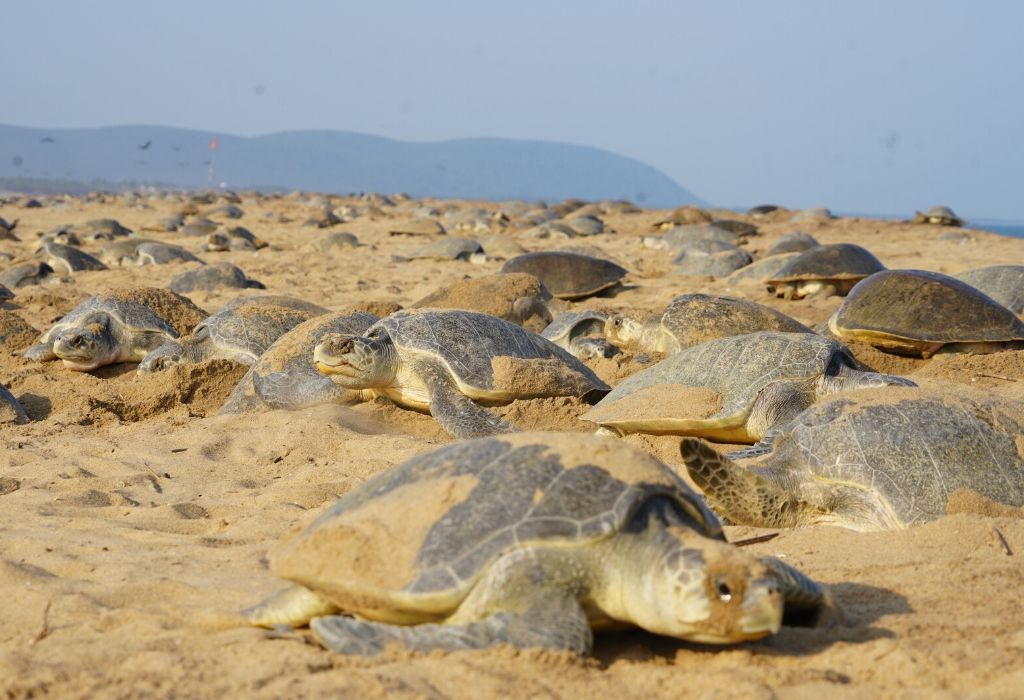
We were dumbstruck as we had never imagines that we would be able to view the turtles this close, let alone touch them. We were basically manoeuvring sand, riddled with large turtles, deep in the process of laying eggs.
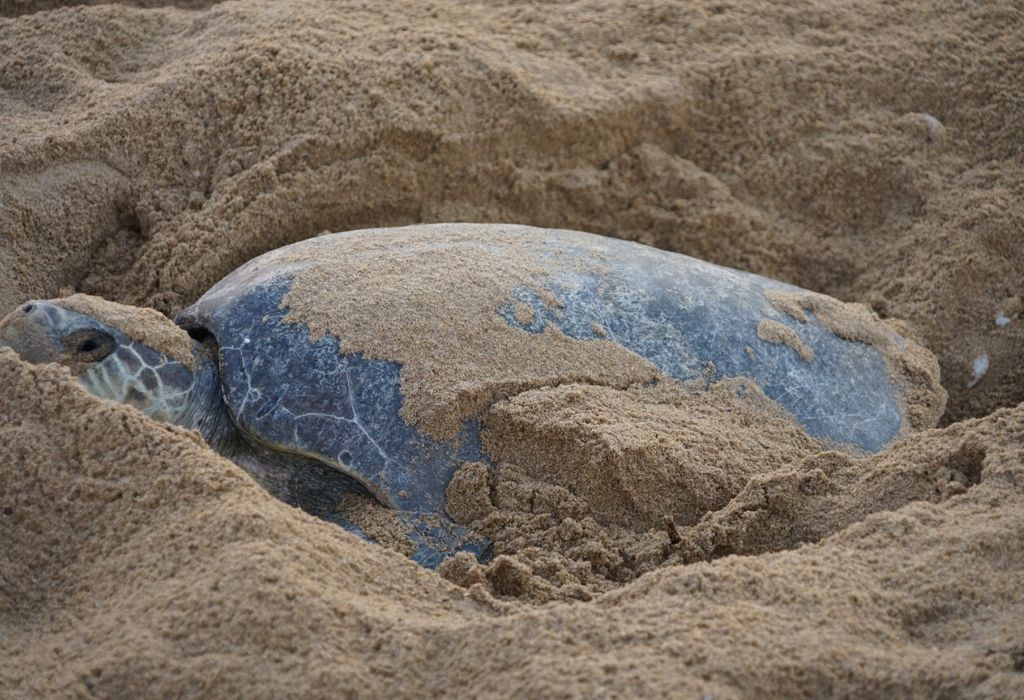
Experts and rangers had infrared devices so it helped. Flashlights could be used to observe the laying of eggs, but they had to be used sparingly so as not to disturb the turtles. We were the only tourists on the beach except for a group, who supposedly represented a wildlife TV Channel.
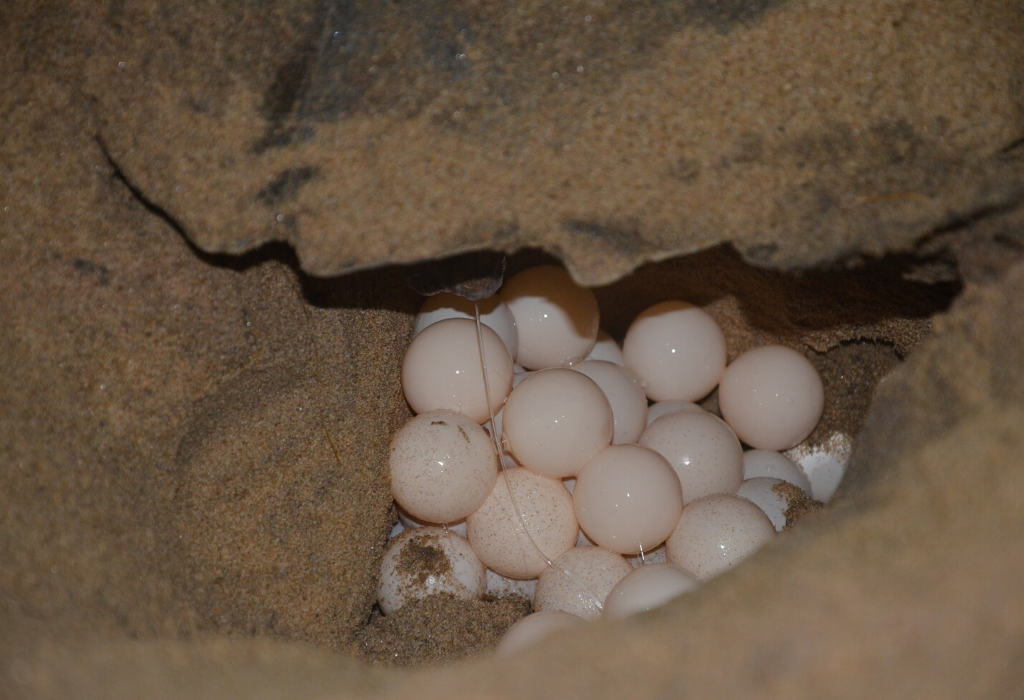
The experience was truly unbelievable, being able to witness nature at its best. To physically see female turtles laying eggs and every egg falling into its clutch was something that cannot be put into words. We were overwhelmed by the sheer number of turtles that came to the beach. There were, in fact, so many that a female would dig the sand to lay eggs in a place that had already been nested before!
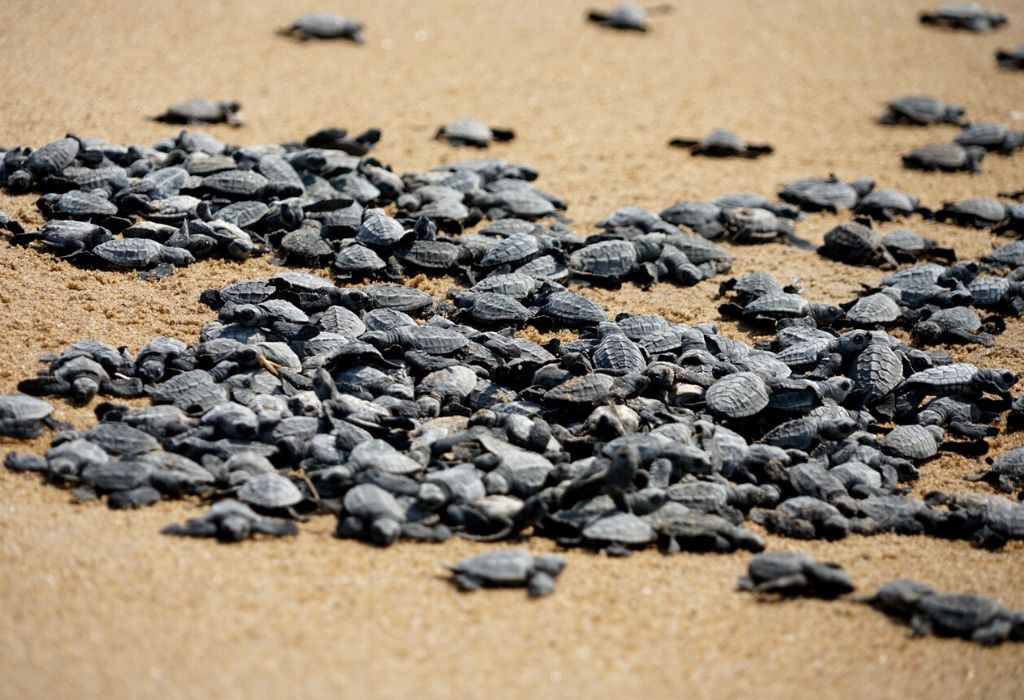
After spending a good chunk of the night with the turtles, we finally left the beach at 2 am. On our way back to the hotel our guide suggested that since our flight from Bhubaneswar was at 5 pm we should visit Manglajodi early in the morning to see migratory birds and some wonderful avian species. And more so, because Manglajodi was en route. What we did next was not for the faint of heart…
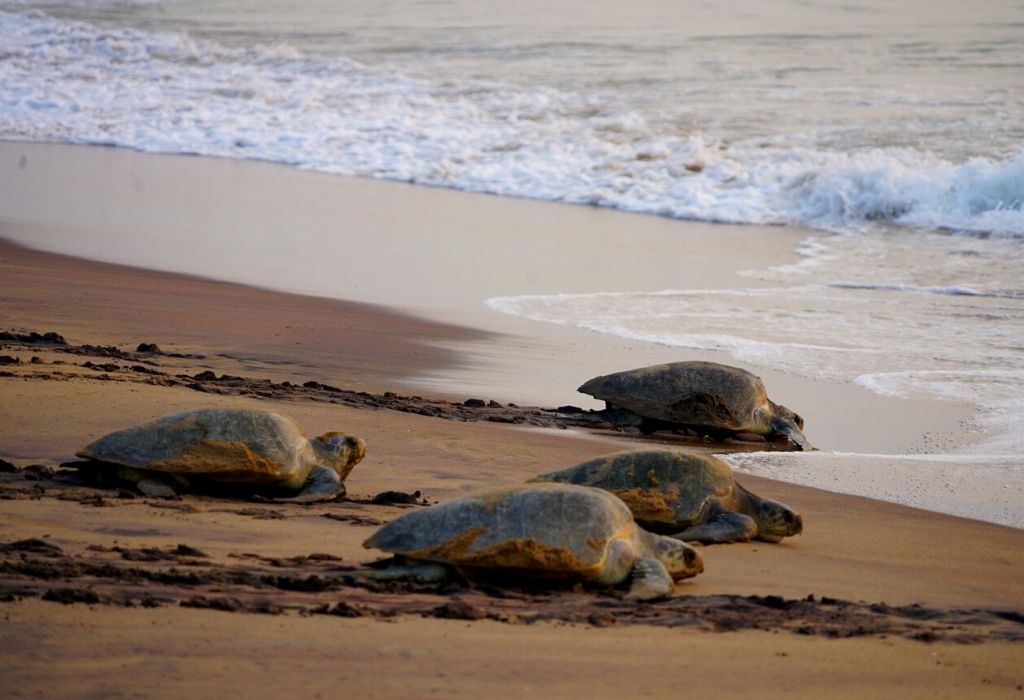
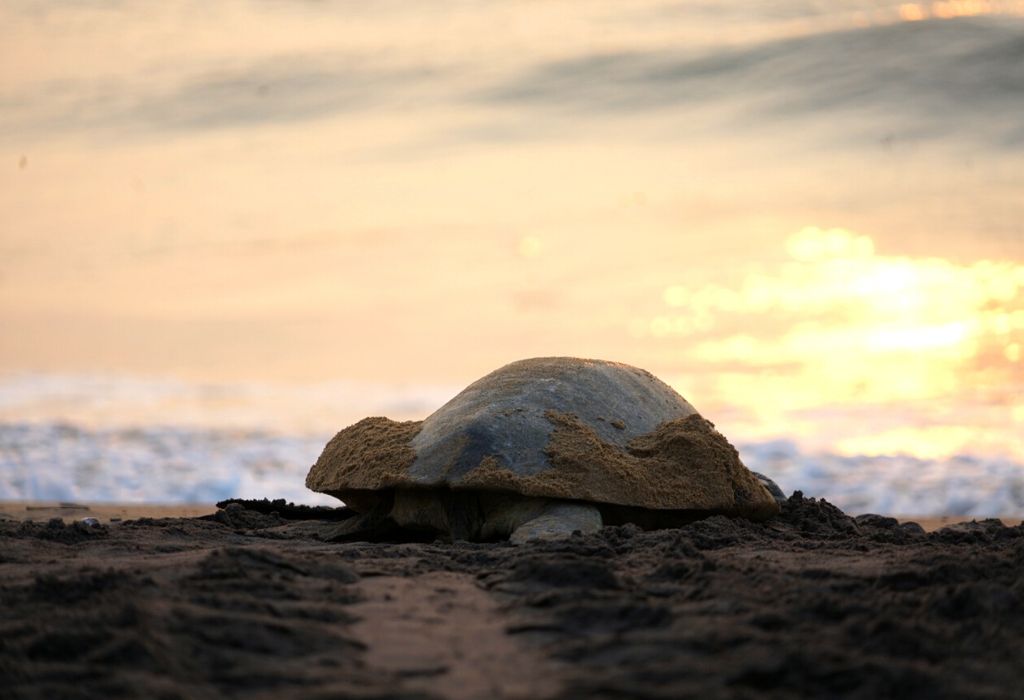
Manglajodi, Orissa
6 am. Yes! at 6 am, we left for Manglajodi. Mom, the avid traveller that she is, likes to pack every minute with activity, never losing an opportunity to explore something new. We amped up on all the caffeine that Chai could provide and set out. The road to Manglajodi was through small villages and narrow lanes.
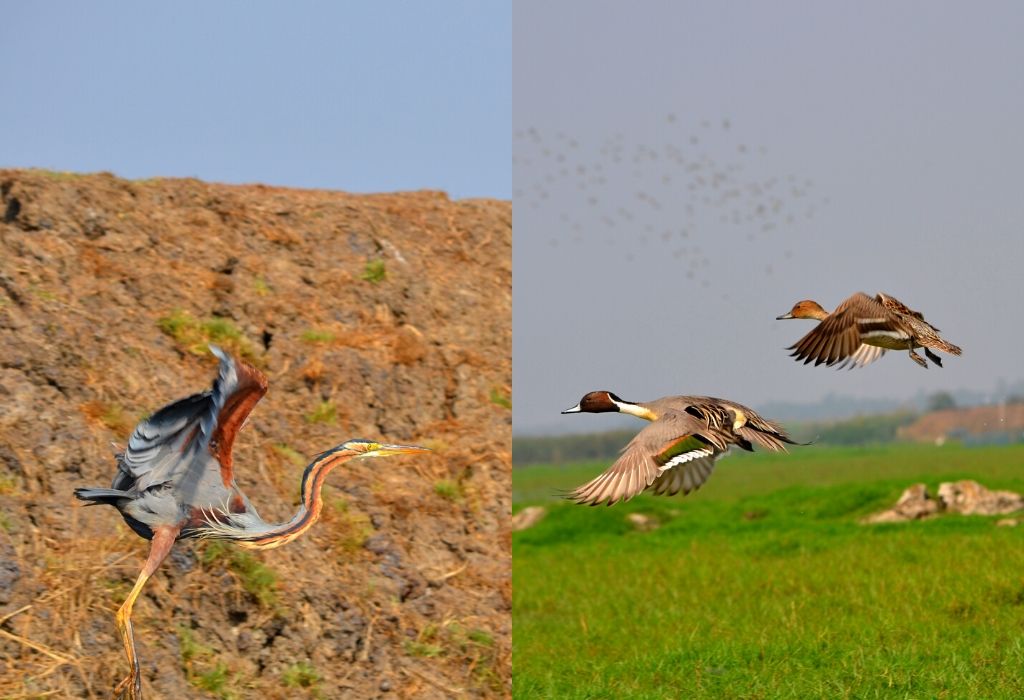


Manglajodi lies towards the extreme north of Chilika Lake lies and hosts 1.5 lakh migratory birds every winter coming from as far as Russia, The Himalayas, Siberia, and Mongolia.
We hired a boat with a guide and sailed through the backwaters of the Chilika. The calm water, lots of greenery, the sound of chirping birds, and our solitary boat wading through the waters was a picture-perfect sight!
We saw plenty of varieties of birds, but 50% of the birds had already migrated as it was early March and summer had set in. However, we were still able to sight numerous species and click several photos. After this we left for the airport, having our fill of adventure and memories to last a lifetime.
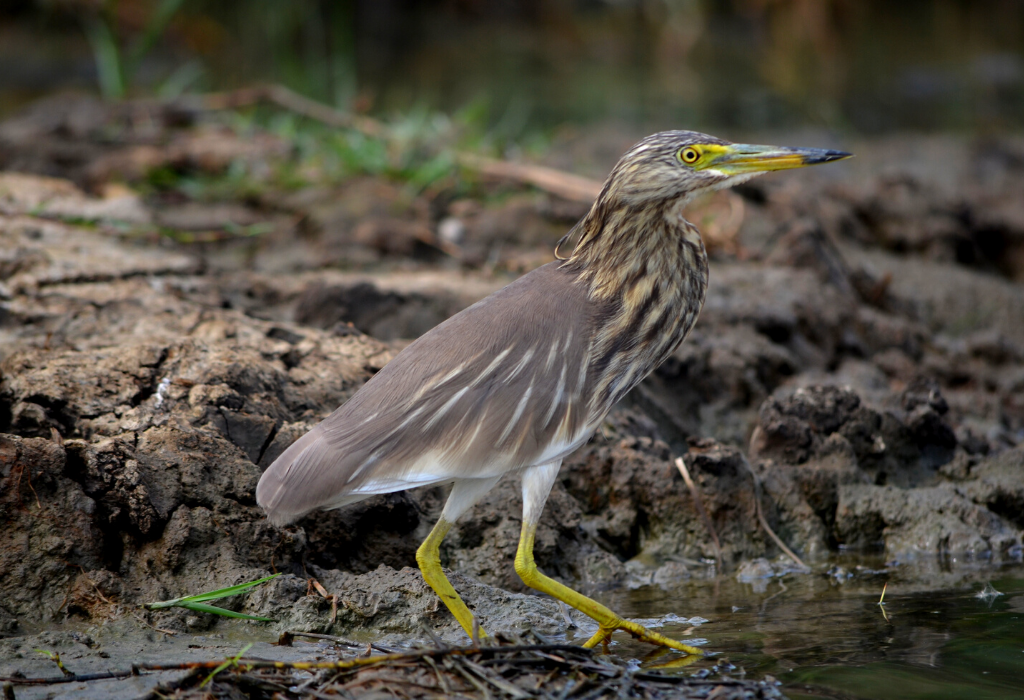

What to Know Before You Go
- Nearest Airport – Bhubaneshwar, 158 km
- How to Reach the reserve – A privately owned vehicle or you could hire a car
What Time Should You Visit the Turtles?
This is honestly based a lot on preference. There are three key seasons during which the mating cycle takes place. You can go to observe the phenomenon you like the most.
- Mating (Early December to Mid- January)
- Nesting (Early March to End March)
- Hatching (Mid-May)
***
We hope this post helped you get some insight into planning your trip to see the Olive Ridley Turtles. In order to get the best out of your visit, I recommend constantly staying in touch with a local representative (like Mr. Sahu). As always feel free to leave a comment below with questions, suggestions, experiences, or advice.
Until then, Bon Voyage!
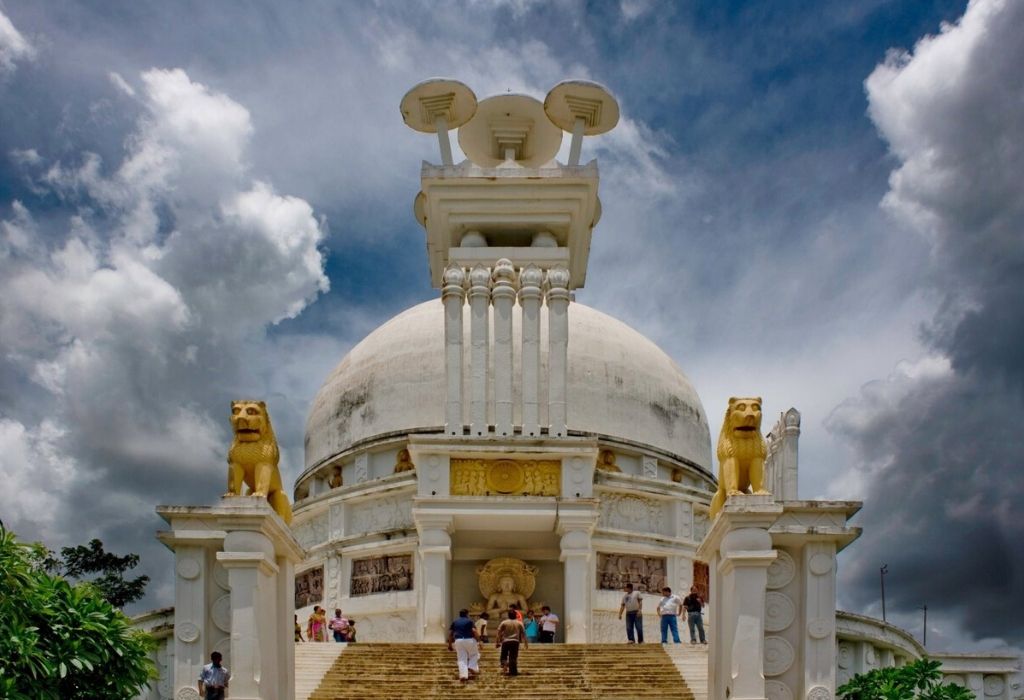
Dear Ms. Nessica,
Excellent guidance blog information with beautifully captured pictures telling the story.
Wish you and Ms. Reebacca a great success for your future endeavors.
Keep doing.
Thanks & Best Regards
Sanjay Debi Joshi
Mumbai, India
Thanks a ton as your encouragement means a lot.
Dear Nessica ,
Excellent travel requirement guidance, beautiful pictures with clear information.
Wish you & Rebecca, great success for your future endeavors.
Loved your travel blogs, professionally done.
Keep doing.
Thanks & Best Regards
Sanjay Debi Joshi
Mumbai, India.
Thanksa ton. These motivating comments gives us the inspiration and encouragement to share many more experiences. Glad you liked it
Lovely article. This place is surely in my bucket list.
Although did get a small glimpse of the turtle hatching & eggs at Vengurla in Konkan. The colourful feathered visitors do make an interesting spotting
I think the details shared about the sea turtle protection committee resource person did help make this visit if yours an amazing experience.
A well researched and consice travel guide, complete with pictures and valuable tips. As if travel was not addictive enough, the article is making the travel bucket list longer…
Thanks a Lot Sudeshi, this trip was indeed one of the best wild life trips we have had… unique and yet to be explored by tourist. Strongly recommend to do it ASAP
Great reading. Just realised i missed 50 % of the trip. Besutiful pictures. Must visit
destination.
Great reading. Just realised i missed 50 % of the trip. Besutiful pictures.
Hey Thanks a lot.. Hope you read the entire post…
That was a wonderful trip. I experienced it minute by minute, as I read your post just a 9.30 pm this evening and it was just playing out right in front of my eyes as you walked me through the moonlit beach experiencing replenishment of nature.
I just have a question why are the turtle so named? and something more on lake Chilka?
Keep your travel experience trickling.
Regards
Olive Ridley’s are so named because of the greenish color on their heart shaped shell… Will deftly cover Chilka in my next post. I am glad that you liked the read and more so because it is now on your bucket list. It is deftly worth a visit. Pl feel free to drop a mail for any further guidance as and when you decide to go.Thanks
A lovely read about this place in my bucket list. Have had a fortune to watch a bale of turtle lay eggs at Vengurla beach, Konkan 2 year back. Will surely visit Odisha soon.
The sighting of these beautiful winged visitors is another highlight I’ll look forward to.
Thank you for sharing your travel logs in such detail.
Wow so you have done it in Konkan.. Here the numbers are in many many thousands which is a spectacular view. Infact it was after a conversation with you when you mentioned about this natural phenomena and we decided that we have to make this trip. Thanks once again
Good information. Beautiful pics.
Hey Urmmila, Thanks a Ton.
Beautiful write up packed with information.. This is for sure on my bucket list..
Hey Leena, Glad that you are motivated by this post. It is deftly a must do and especially before it gets marketed.
Beautiful write up.. Very informative too. This is now on my bucket list for sure..